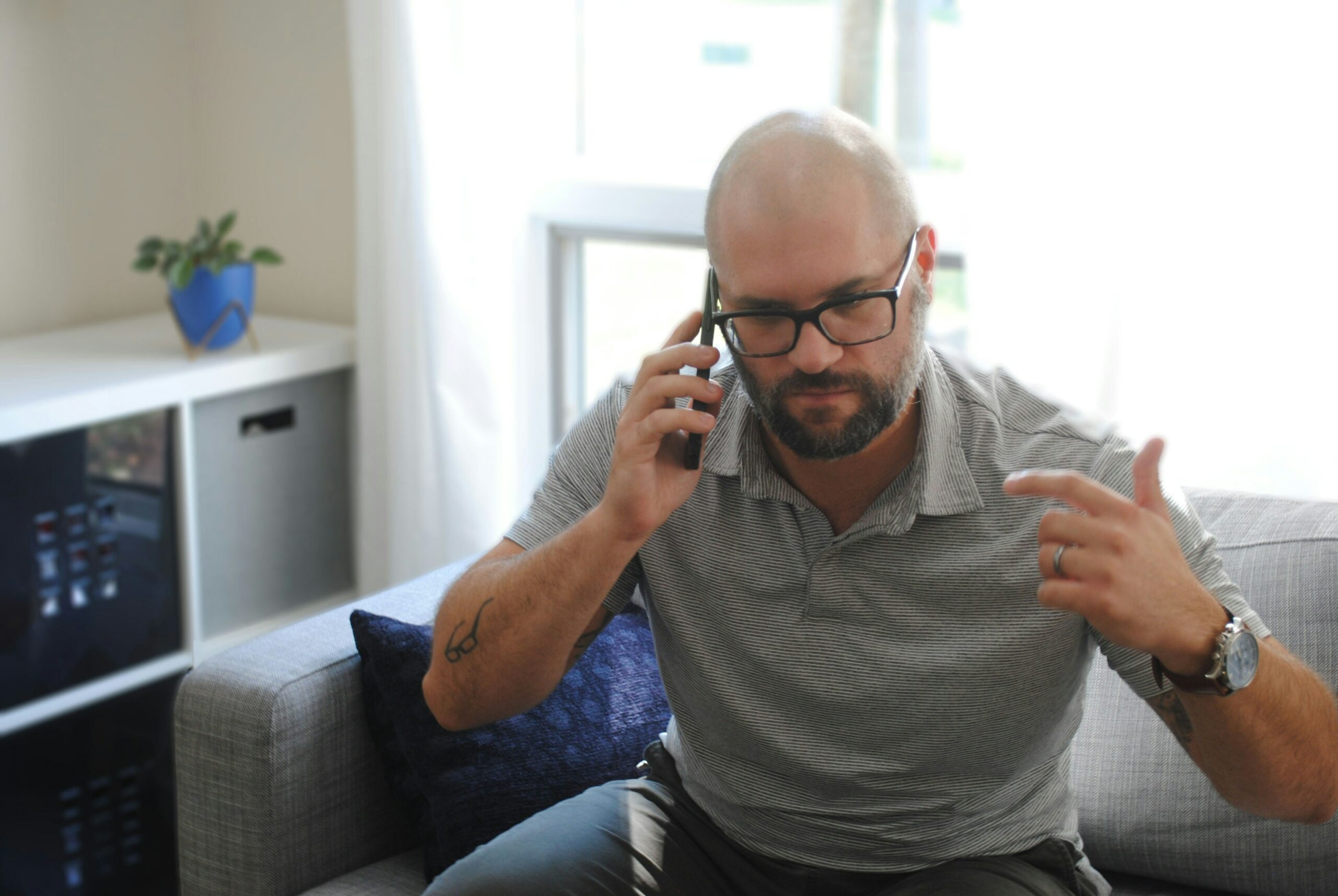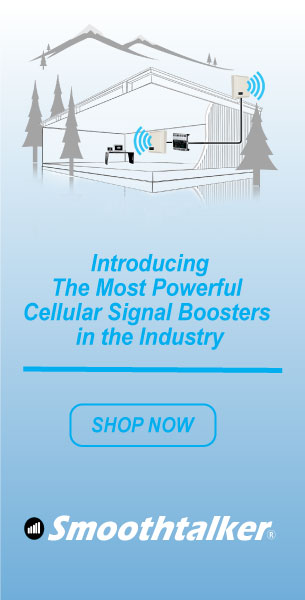
Cellular Dead Zone Causes and Solutions
In a world where connectivity is paramount, cellular dead zones present frustrating barriers to staying connected.
Dead zones are areas where mobile phones struggle to receive a strong signal, leading to dropped calls, slow internet speeds, and an overall frustrating communication experience.
Understanding the causes of these cellular dead zones is essential to finding effective solutions.
In this article, we explore the Top 6 Reasons for dead zones and their solutions.
Reason #1 – Distance from Cell Towers
One of the most common causes of cellular dead zones is the distance from cell towers.
As mobile phones rely on radio waves to transmit signals, the strength of the signal diminishes with distance.
Rural or remote areas often suffer from dead zones due to their significant distance from the nearest cell tower.
Additionally, densely populated urban areas can also experience dead zones caused by signal congestion(especially during peak usage hours).
Solution: The installation of additional cell towers in remote regions and upgrading existing towers. Limited budgets prevent Cellular providers from adding more Cell towers. The practical solution to significantly improve signal coverage and reduce dead zones is to use a Cellular Signal Booster kit for building or mobile use.
Reason #2 – Physical Obstructions
Physical obstacles can obstruct the propagation of radio waves, resulting in cellular dead zones.
Tall buildings, mountains, hills, thick foliage, and even large metallic structures can block or reflect signals, preventing them from reaching mobile devices in certain areas.
Solution: To mitigate this issue, carriers usually deploy microcell sites or distributed antenna systems (DAS) in areas with obstructed signals. These small-scale installations amplify signals within limited spaces, allowing users in crowded urban centres or behind physical barriers to access stronger signals. However, due to budget restraints, the Cell carriers are not able to provide the carrier specific frequency repeaters to cover all locations. Typically the Cell carriers would only provide such equipment in large public venues or heavily populated urban areas, which leaves the rest of the users with issues. The practical solution to significantly improve signal coverage and reduce dead zones is to use a Cellular Signal Booster kit for building or mobile use.
Reason #3 – Interference from Electronics
Electronic devices and appliances can also cause cellular dead zones due to electromagnetic interference.
Microwave ovens, Wi-Fi routers, and certain electronic equipment emit electromagnetic waves that may interfere with cellular signals, leading to signal degradation and dead zones.
Solution: Properly shielding electronic devices and positioning cell towers away from potential sources of interference can help minimize signal disruption.
Reason #4 – Topography and Weather Conditions
Natural features and weather conditions can affect signal propagation.
For instance, valleys and canyons can obstruct signals, causing dead zones.
Similarly, severe weather phenomena like storms and heavy rainfall can weaken cellular signals, leading to temporary dead zones.
Solution: By conducting thorough site surveys and considering local topography and weather patterns, carriers try to strategically position cell towers to mitigate the impact of natural obstacles on signal propagation. But in cases where signal is still weak or non-existent, the practical solution to significantly improve signal coverage and reduce these dead zones is to use a Cellular Signal Booster kit for building or mobile use.
Reason #5 – Carrier Network Congestion
Overwhelmed carrier networks can create dead zones in areas with high population density or during crowded events like concerts or sports events.
When too many users access the network simultaneously, the network’s capacity may be insufficient to handle the traffic, resulting in slowed-down or non-existent signals.
Solution: Carriers try to invest in network upgrades, increase bandwidth, and implement load balancing strategies to ensure more consistent service during peak hours and crowded events.
Reason #6 – New Spectrum in Higher Frequency Bands
The latest spectrum being deployed is in the high frequency domain. While it offers us new “frequency highways” for more traffic, it also inherently has more “free air power loss”. This means that the distance you can go from the tower is significantly less than the lower frequency bands.
Solution: The Cell carriers compensate by deploying more antennas at closer distance to each other. Even so, as you get away from Cell Towers the signal becomes faint quickly and unusable in many cases. The practical solution to significantly improve signal coverage and reduce dead zones is to use a Cellular Signal Booster kit for building or mobile use.
Signal Boosters
These devices are the best solution for users that experience poor cellular signal coverage. The reason they improve coverage, extend range and offer seamless connectivity to users across both urban and rural areas is due to both the much higher TX power and RX sensitivity than your phone.
As technology continues to advance, we can expect even more innovative solutions to combat cellular dead zones and keep the world connected like never before.
Conclusion
Cellular dead zones can be frustrating, hindering effective communication and causing inconvenience to users.
However, understanding the underlying causes of these dead zones is crucial in implementing effective solutions.
By investing in network infrastructure upgrades, deploying additional cell towers, and strategically positioning antennas, carriers can significantly reduce the prevalence of dead zones.
Are you tired of hitting walls with cellular dead zones? We provide a variety of solutions for your home, office, and vehicle. Check out our My Home Signal Free Analysis Site Review here.
Got questions? We have the answers! Give us a call at +1(877)726-3444 or email us at info@smoothtalker.com.


